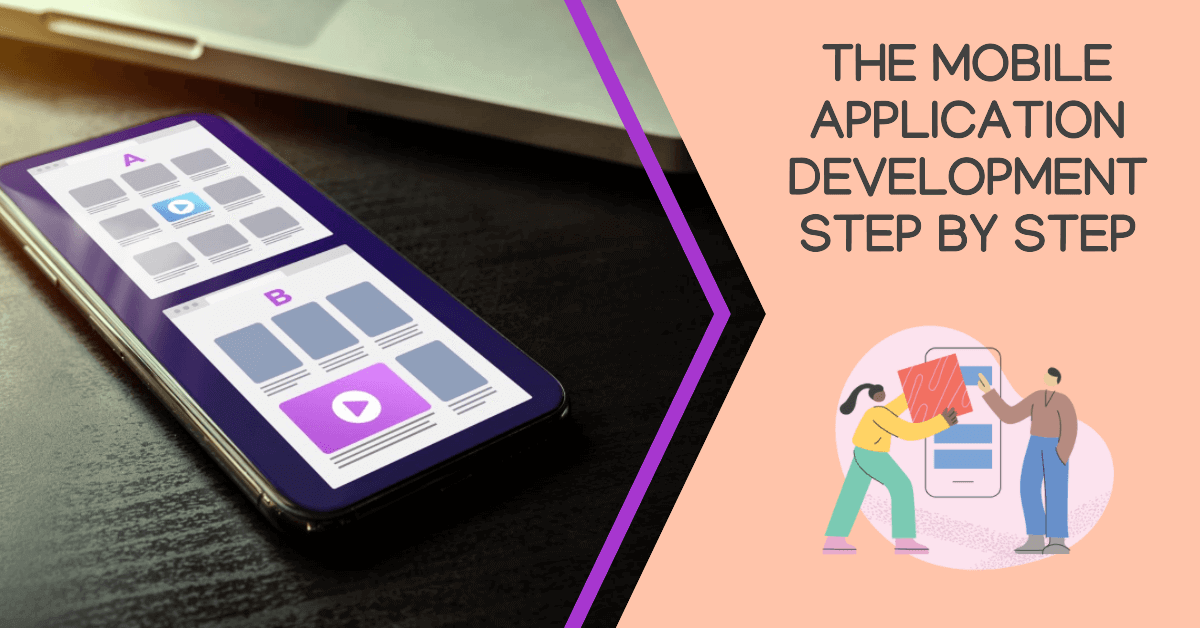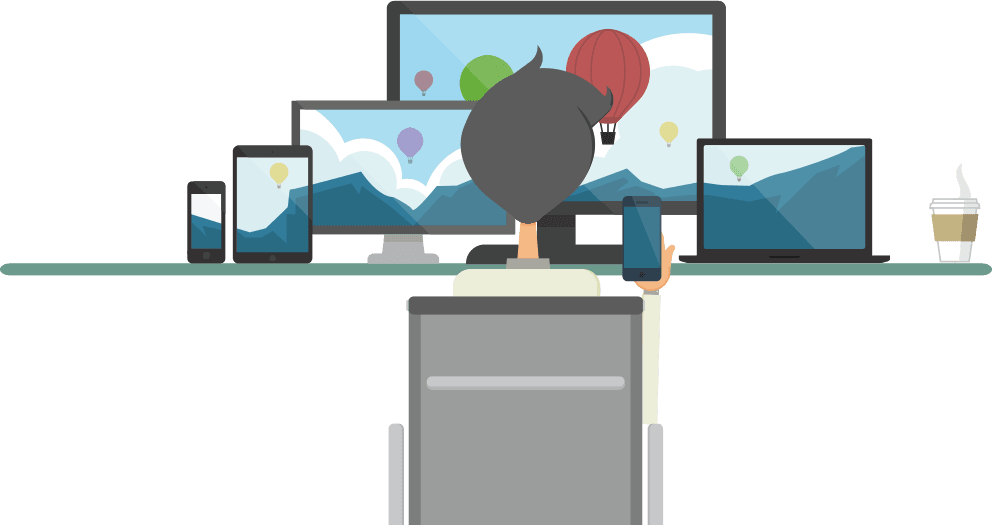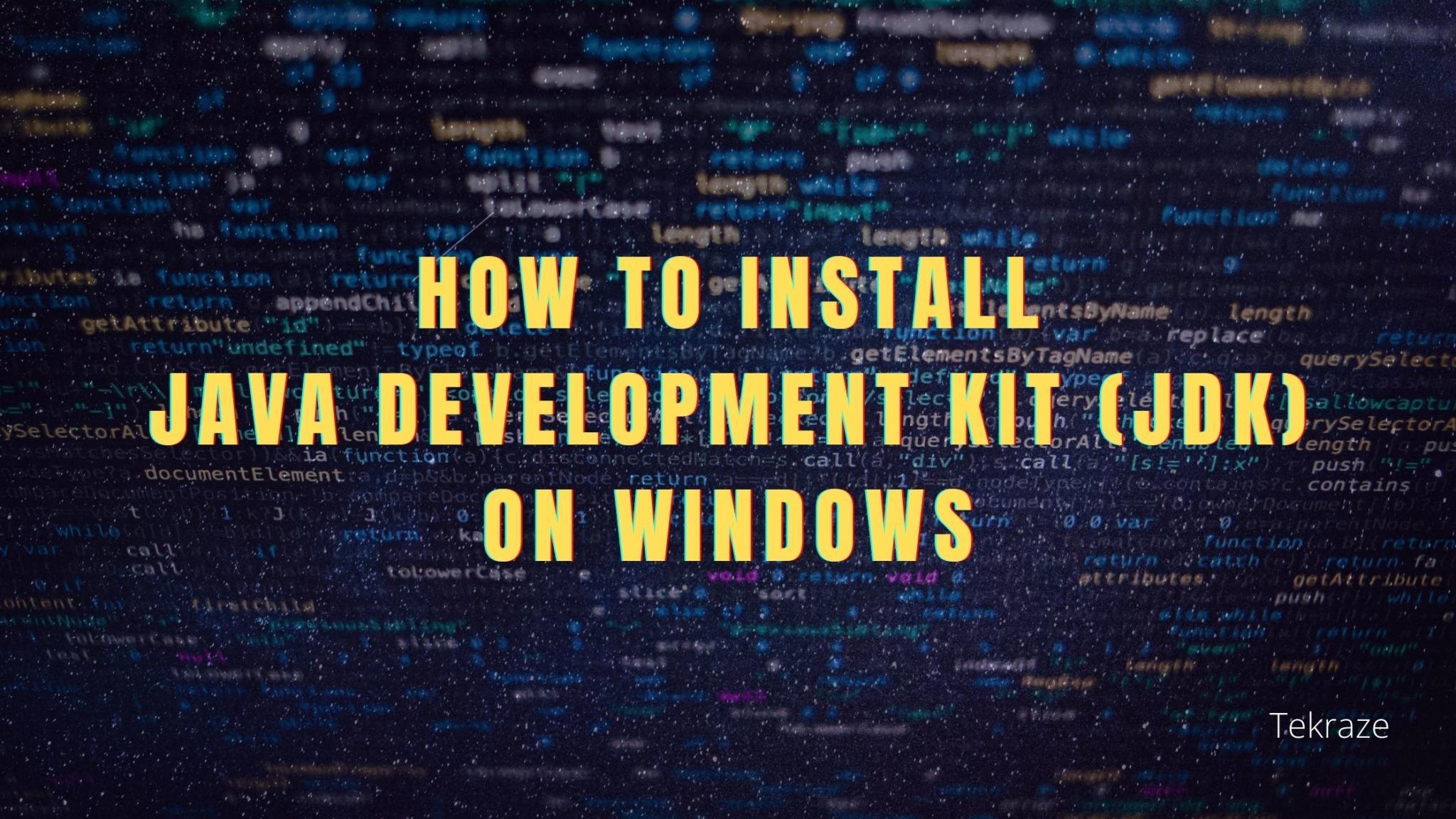This article will help you get a general idea of creating an application. You will learn to choose a tech stack and evaluate the application’s performance.
Stages of Mobile Application Development
How do you start to work on the application? You call the SECLGroup or leave a request on the site. The manager’s task is to collect information and specify all the questions about the future product. What kind of app do you need? Who will use it? What functions will it have? Will websites built with Angular suit your needs?
But the most important thing is still ahead. Let’s examine each stage: its tasks, results, and terms.
1. Product Analytics
As a rule, there is a presentation or “vision” of the product in the beginning. However, there needs to be more formalization to start development. The task of the stage is to define and formalize the following:
- target audience;
- product task;
- product value for TA;
- product hypotheses: high-level functional description.
First, the product’s task is to sell a subscription or a related product. Next, the developers analyze the market and competitors, including indirect ones. They formulate an answer to the question, “Why will this product be used?”.
Finally, they describe the product’s vision, the principles, and the mechanics of its work. This information is enough to create a minimum viable product.
2. Specifications and Wireframes
The task of the stage is to prepare the web app tech stack for the mobile application, which is necessary for developers. A specification is a document containing the description of a mobile application the developer needs. Namely:
- System logic, user mechanics;
- Requirements for safety, reliability, and documentation;
- User interface requirements;
- Materials for filling the service.
Sometimes a technical specification is used for application development. However, the specification does not describe the implementation method. The developer team selects optimal solutions according to their professional view. Such an approach shortens the implementation period – without changing the final appearance, functionality, operability, reliability, and scalability.
A wireframe is a black-and-white layout of an app page. It displays the arrangement of elements: buttons, images, and texts. Based on the set of wireframes, the developers create a visual diagram of the user’s interaction with the future application.
In the end, they obtain a complete and unambiguous formalization of the application. The specification helps to accurately estimate: how much it costs and how much time it takes to develop a mobile application.
3. Estimate and Planning
Based on the specification, a project estimate is prepared. The document describes the application development plan in the following context:
- The scope of work is a brief description of the structure of the mobile application.
- Cost of work.
- Terms of implementation.
- Risks with the probability of their occurrence and measures for prevention.
4. Design
The task of the stage is to create an application design that most effectively works for the product’s task. What to think of?
- Design concept.
- A set of interface components.
- Design layouts.
- Interactive prototypes.
First, the team of developers creates a design concept. It reflects the style and general mood.
Next, they develop buttons, backgrounds, and forms. Reusing ready-made elements allows you to speed up the creation of a design. The final stage is the addition of interface animations for interaction with users and making the app live.
5. Programming
The task of the stage is to implement the product. At the same time, it is essential to consider future needs. For example, lay the system’s architecture for further product scaling or high load.
The development environment is simply a program that contains everything you need to create an application. There are spaces to:
- write a code;
- catch bugs;
- test the application on the built-in emulator;
- move all interface elements in the interface editor.
Applications for different platforms are written in other programming languages. Most of the code for iOS is written in Objective-C and Swift and for Android in Java. These are more modern and friendly programming languages. These languages are very similar, so some parts of the code may coincide by 70% or more.
What Technological Stack to Choose?
Native applications are applications created using tools provided by OS owners. They usually look the most organic among the “native” OS applications. But, you need to make your version of the application for each system since everyone has different tools for creating such applications.
Cross-platform applications are created using special tools that allow you to run the same code on different platforms.
Hybrid applications combine native and cross-platform parts. It can be said that they manifest the balance between the cost of developing the application and its ability to benefit the business.
6. Testing
The task of the testing stage is to ensure product quality: functionality, reliability, and safety.
Since many devices, operating systems, screens, and various configurations of installed software (applications) and operating characteristics exist, it is impossible to prevent errors in advance. Therefore, a tester is usually included in creating an application, who works out various scenarios of the application’s work and allows it to be released only when there are no significant defects.
Testing involves checking the system’s quality by a specialist who did not participate in the direct development of the software, which increases the probability of detecting defects during the development process. Thus, testing makes the process cheaper and faster, improving the quality of the final product.
The result of the stage can be a report detailing the detected bugs, their criticality, and subsequent corrections.
It is more convenient to look at development as a continuous process of searching for the most optimal way to solve business problems. Moving from native to fully cross-platform development, we are also moving along the path of abstraction from specific platforms to technologies that allow us to focus only on business tasks.





